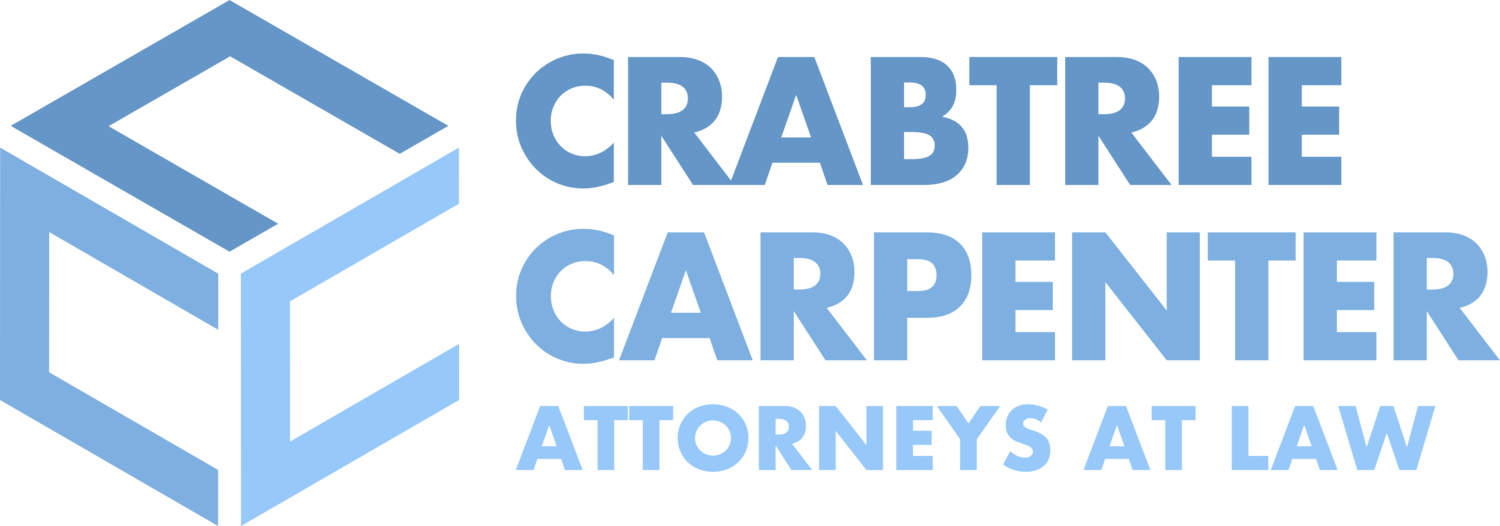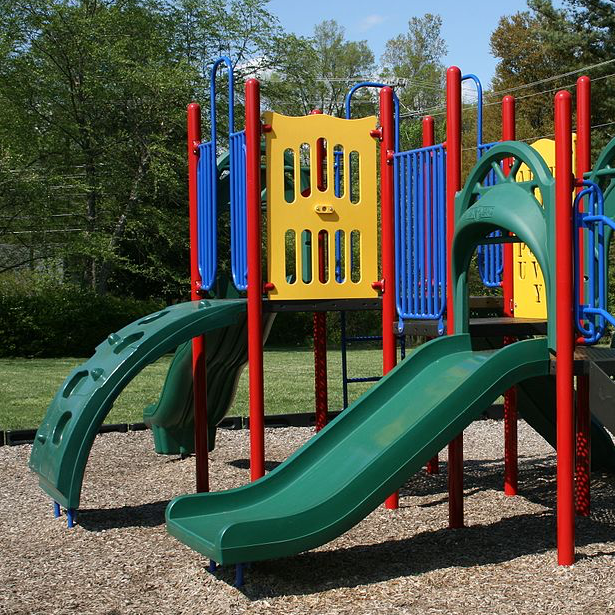Road Safety Tips for Teen Drivers
Heading Back to School
Labor Day weekend is over and summer is in the rearview mirror. New backpacks are crammed full of the tools of learning: laptops, books, pens, pencils, notebooks and more. But what about the tools young drivers need to stay safe on the road? These tips can help the teen drivers in your life get from home to homeroom in one piece.
According to the Centers for Disease Control (CDC), motor vehicle crashes are the leading cause of death for teens. It is estimated that on average, six teenagers die every day in the United States from a car crash. As teens head back to school, you should know how to keep them, and others, safe.
The Stats
Teens who text and drive are outside of their lane about 10 percent of the time.
A teen driver on the road is more likely to cause a car crash than any other driver. Per mile driven, teen drivers ages 16 to 19 are nearly three times more likely than drivers aged 20 and older to be in a fatal crash. Young men are two times more likely to get in a crash than young women.
If your teen driver has recently received his or her license, inexperience can spell disaster out on the road. According to the Insurance Institute for Highway Safety, teen drivers ages 16 to 17 are twice as likely to get in a car crash compared to teen drivers ages 18 to 19.
Teens are also less likely to practice safe driving behavior, such as using seat belts or maintaining a safe following distance. In 2015, only 61 percent of high school students reported they always wear seat belts when riding with someone else. [Download report.]
The Risks
Teens are also much more likely to drive distracted. Drivers under the age of 20 have the highest proportion of distraction-related crashes, and 42 percent of teens admit to texting while driving. Carpooling seems like a convenient way to get to school, but teens riding with other teen drivers increase the risk of distraction with every additional teen passenger. Here are all eight of the CDC danger zones most often linked to teen crashes:
- Driver Inexperience
- Driving with Teen Passengers
- Nighttime Driving
- Not Using Seat Belts
- Distracted Driving
- Drowsy Driving
- Reckless Driving
- Impaired Driving
The Parents
So, what can parents do to prevent teen driving tragedies?
- Most important, lead by example. Forty-eight percent of young drivers have seen their parents talking on a cell phone while driving, and 15 percent of those have seen their parents texting while driving. Show your kids how to drive responsibly by driving distraction free, wearing your seatbelt and following all speed limits and traffic laws.
- Set limits. Multiple teen passengers and late-night driving lead to more crashes. Limit the number of passengers for your teen drivers and set a curfew.
- Buy a safe car. The car your teen drives should be reliable. Purchase from a reputable dealer, and check all cars at Safercar.gov for recalls. Make sure your young driver knows what to do if a car breaks down.
- Practice driving with your teen. Provide your teen driver with 30 to 50 hours of supervised driving practice over at least six months. Practice on a variety of roads, at different times of day, and in varied weather and traffic conditions. Stress the importance of continually scanning for potential hazards including other vehicles, bicyclists and pedestrians.
- Create a Parent-Teen driving agreement. Put your driving rules in writing to clearly set limits, as well as the consequences for not following those rules.
This article appeared in our September 2017 "You Should Know" e-newsletter.


















